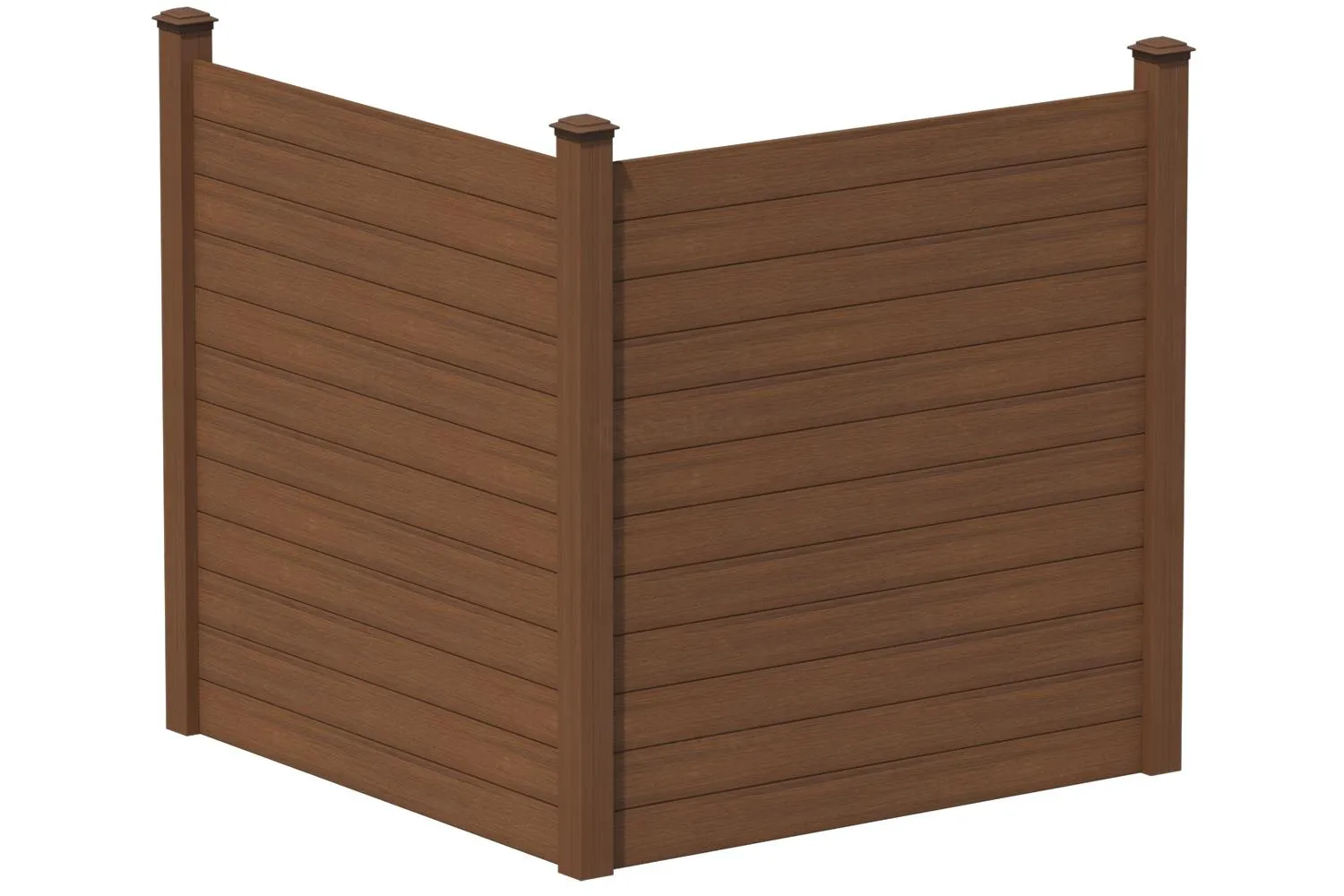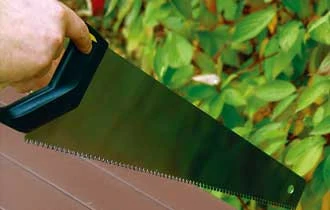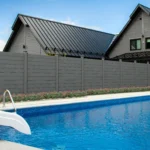Composite fencing panels are an increasingly popular choice for homeowners and commercial property owners alike — and for good reason. These panels offer the charm of wood with the durability of synthetic materials, delivering long-lasting, low-maintenance fencing that looks great year after year. But as with any fencing project, real-world installations aren’t always straightforward.
So, can you cut composite fence panels to fit odd angles, sloping ground, or custom designs? The short answer is yes — and it’s actually easier than you might think.
In this article, we’ll explore what composite fencing panels are, whether they can be cut and how to do it properly, and how to maintain your fence after cutting for optimal performance and longevity.
What Are Composite Fencing Panels?
Composite fencing panels are made from a blend of recycled wood fibers and plastic (typically polyethylene or polypropylene). These materials are bonded under high pressure and temperature to create boards that mimic the appearance of natural wood but with far greater durability.

Key Benefits of Composite Fencing Panels
- Weather Resistance: Won’t rot, warp, or splinter like traditional wood.
- Low Maintenance: No staining, painting, or sealing needed.
- Eco-Friendly: Often made from recycled or reclaimed materials.
- Color & Texture Options: Available in a range of colors, wood grains, and finishes to suit various styles.
- Increased Lifespan: Composite panels typically last 20–30 years or more with minimal upkeep.
Because of these benefits, composite fencing has become a go-to solution for people seeking a beautiful, hassle-free boundary for their homes, gardens, or businesses.
Can You Cut Composite Fence Panels?
Yes, composite fencing panels can be cut — and in fact, they’re designed to be trimmed or customized. Whether you need to shorten a panel, adjust it for uneven terrain, or fit it around a post or garden feature, cutting composite fencing is a straightforward process when done correctly.
Most manufacturers anticipate that panels will need to be trimmed during installation and offer guidance to ensure that cutting doesn’t void the warranty. Always check the manufacturer’s manual or product label before starting.
Cutting composite panels properly allows for flexibility in design and a custom, professional-looking finish.
When Would You Need to Cut Composite Fence Panels?
Cutting panels is common in many real-world fencing projects. Here are a few scenarios where trimming panels is necessary:
- Irregular Lot Shapes: For non-standard layouts or sloping landscapes, custom cuts provide a seamless fit.
- Height Adjustments: Shorten panels for garden dividers or accents without needing a special order.
- Obstructions: Fit fencing around trees, sheds, AC units, or garden beds with simple trimming.
- Decorative Features: Add diagonal cuts or staggered heights to create visual interest or custom designs.
How to Cut Composite Fencing Panels
Recommended Tools
- Circular saw or miter saw
- Carbide-tipped fine-tooth blade (40+ teeth)
- Measuring tape
- Chalk or pencil for marking
- Clamps (optional for stability)
- Sandpaper (fine grit)
- Safety equipment: gloves, dust mask, eye protection

Step-by-Step Cutting Instructions
1. Measure Precisely
Begin by measuring the exact length or angle you need. Use a pencil or chalk to clearly mark the cut line. It’s a good idea to double-check all measurements before cutting.
2. Stabilize the Panel
Place the panel on a flat work surface and secure it with clamps to prevent movement. This ensures a cleaner, straighter cut and reduces the risk of kickback.
3. Choose the Right Blade
Fit your circular or miter saw with a fine-tooth, carbide-tipped blade. The fine teeth help avoid chipping and create a smooth finish.
4. Make the Cut
Start the saw and guide it slowly along the marked line. Let the blade do the work — don’t force it. A steady pace prevents jagged edges and overheating the material.
5. Smooth the Edges
After cutting, use fine-grit sandpaper to remove any burrs or rough edges. This gives the panel a polished, finished look and makes it safer to handle.
*Pro Tip: Always cut composite panels in a well-ventilated area or outdoors, as the sawdust can be fine and irritating.
Maintaining Composite Fence Panels After Cutting
Once installed, composite fence panels are generally maintenance-free — but a little care goes a long way, especially after cutting.
Post-Cut Maintenance Tips:
- Seal Edges If Required: Some brands recommend sealing exposed edges, especially if the core material is visible. Check with the manufacturer.
- Clean with Mild Soap & Water: A simple mix of dish soap and warm water can clean most grime. Avoid harsh chemicals or pressure washers.
- Inspect Annually: Look for any signs of wear near the cuts or joints. Tighten loose fasteners and remove any debris buildup.
- Keep Plants Away: Avoid planting dense vines or shrubs right against the fence. This helps prevent mold and moisture buildup.
Conclusion
So, can you cut composite fencing panels? Absolutely — and with the right tools and approach, it’s easy and efficient. Composite panels are designed for flexibility, giving you the freedom to customize your fence layout to match your outdoor space precisely.
Whether you’re enclosing a sloped yard or wrapping a garden bed, cutting your composite fencing panels helps ensure a perfect fit. And with just a bit of seasonal upkeep, your fence will continue to look great for years to come.
Want more smart ideas for using composite materials in your yard or home? Head over to ecobuildhome.com, where you’ll find expert tips, how-to guides, and product comparisons to help you build sustainably and stylishly.

